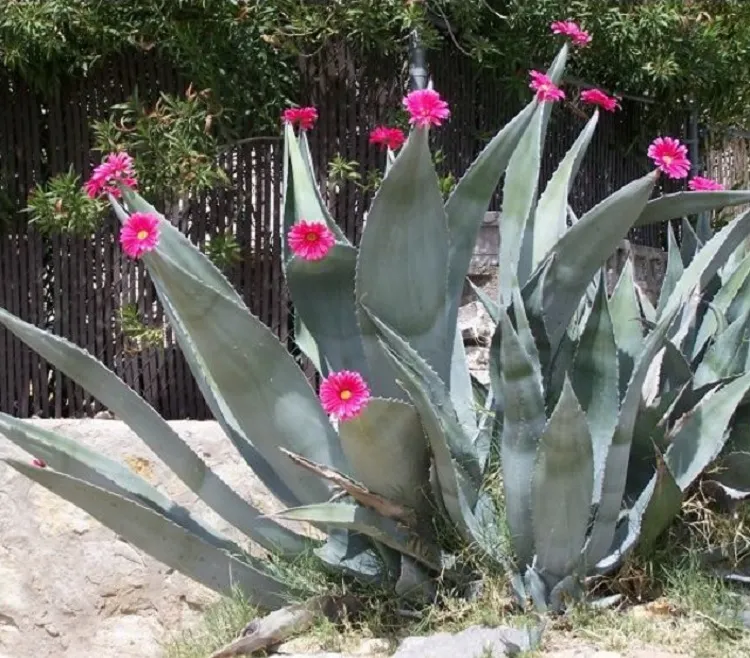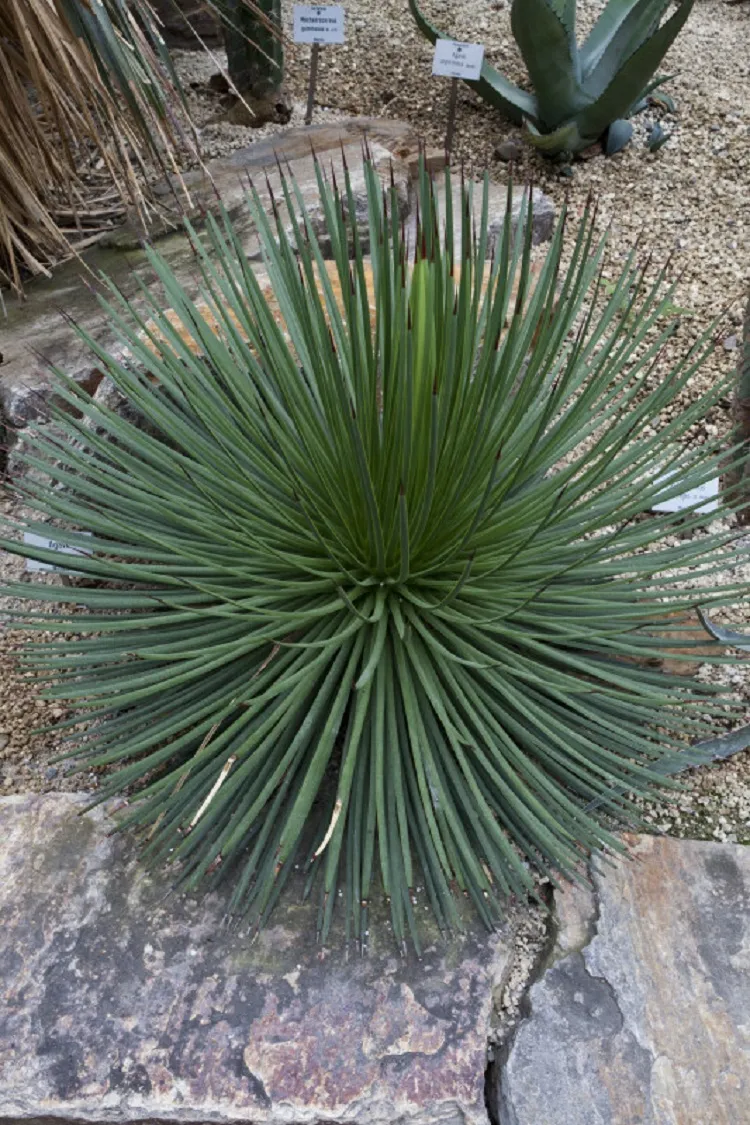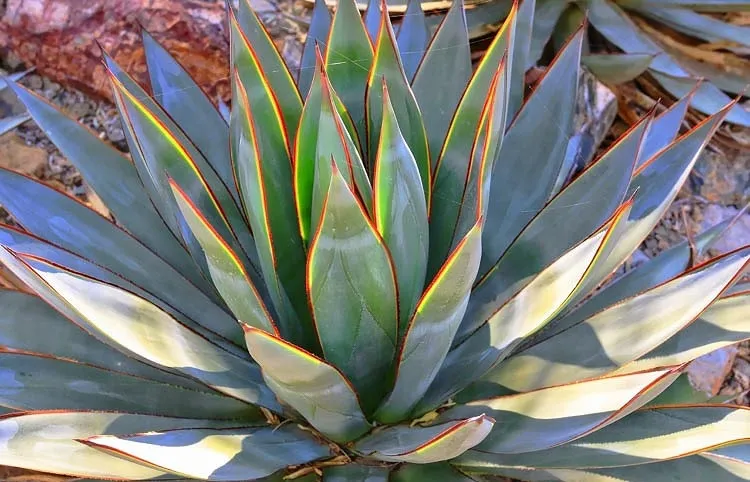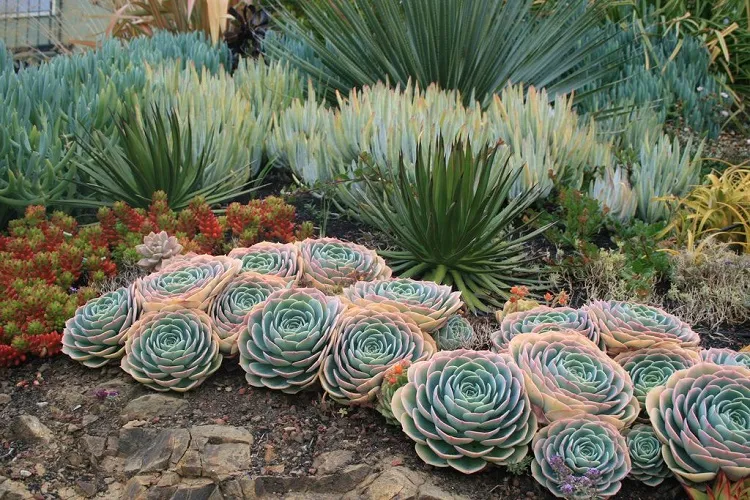If you’re a fan of succulent plants, you’re probably familiar with the agave. It’s easy to cotton on this stunning plant, which is famous for its thick, fleshy leaves and rosette shape. But did you know that the agave produces a flower spike? Would you like to learn something more interesting and useful in your care for the loved agave? If it is so, read this article, and explore with us the different species of agave, their flower spikes, as well as some exciting facts about these beautiful tropical plants.
Agave Spike
The flower spike is a fascinating feature of the different species of agave. This beautiful bloom usually appears after the plant has reached maturity, which can take anywhere from 8 to 25 years, depending on the species. It can grow up to 30 feet tall, when it covers with these small, tender flowers. One of the very interesting facts connected with this plant, is that once it has produced an agave flower spike, it will usually die shortly after. The researchers think that this is because the plant puts all of its energy into growing its bloom, which takes a tremendous amount of resources.
Agave Flower Spike: Striped Agave
The Striped agave species is an unusual plant, which is highly sought after by plant collectors. It is characterized by its strange looking green leaves, which are striped with white or yellow markings. The flower spike of the striped agave is similar to that of the regular species, but the overall effect is even more dramatic due to the striking color contrast.
Agave Bush
This species of agave is also known as the cluster agave, because it grows, developing flowers that are gathered in multiple rosettes, instead of just one. This gives the plant a bush-like appearance, which has given it the name. The flower spikes of the agave bush are smaller and less impressive than those of the regular species, but the plant makes up for it with their special shape.
Agave Flower Spike: Soft Agave
This species, also known as the gentle agave, is liked by plant lovers for its soft, pliable leaves. Unlike most relatives from its family, which leaves are thick and spiky, soft agave’s ones are thin and flexible. This makes it a popular choice for landscaping and gardening, as it is less likely to cause injury than the other species of this plant group. The flower spike of the soft agave is similar to that of the regular one.
Agave Azul Plant
The agave Azul plant, also known as blue agave, is perhaps the most famous type of this group of species. This plant is native to Mexico, where it is used to produce tequila. The agave Azul plant has thick and spiky blue-gray leaves. It should be noted, that it can take up to 10 years for this species to reach maturity. Once the plant has produced a flower spike, it will die shortly after, just like the regular agave species. It’s also interesting to know that the agave Azul plant is not actually blue. Interestingly, this color comes from the waxy coating on the leaves that reflects light in a way, which makes them appear blue.
The advantages of different agave plants
Whether you prefer the classic look of the regular agave, the striking color contrast of the striped agave, or the thin and gentle appearance of the soft agave, there is sure to be a species from this interesting family that will capture your heart. And if you’re a fan of tequila, you have the Azul plant to thank for this delicious drink. No matter which of these species you choose, you’re sure to enjoy the beauty and resilience of agave.
What Plants Go Well With Agave
When it comes to landscaping and gardening, there are several plants that pair well with agave. Succulents like echeveria, sedum, and aeonium are very suitable neighbors for this plant, as they complement quite well its texture and color. Cacti, such as barrel cactus and prickly pear, are also perfect companions for agave. As they share similar water requirements and complement the landscape in a beautiful way with their outstanding shapes and textures. Ornamental grasses and Yucca also pairs very good with agave. While they bring height and movement to the garden, this helps to balance out the heavy, rosette-like forms of your agave.
In addition to these plant pairings, it’s important to consider the overall aesthetic of the landscape when choosing plants to go with agave. Lavender or Russian sage, which are with silver or blue foliage, enhance the blue-gray tones of certain species of agave. Similarly, warm-colored plants like orange or yellow-flowering yarrow creates a pop of color that complements the green tones of agave.
With careful planning, you can create a charming landscape that showcases the unique beauty of the agave plant.







